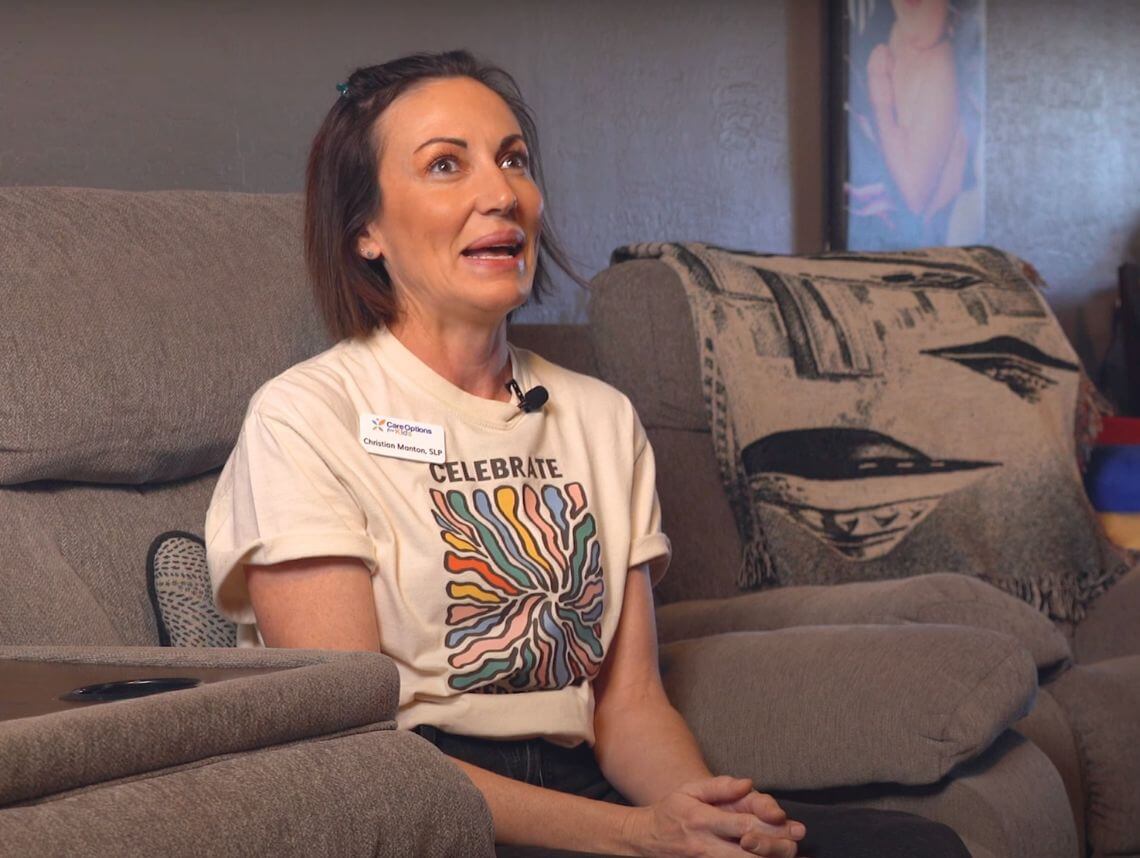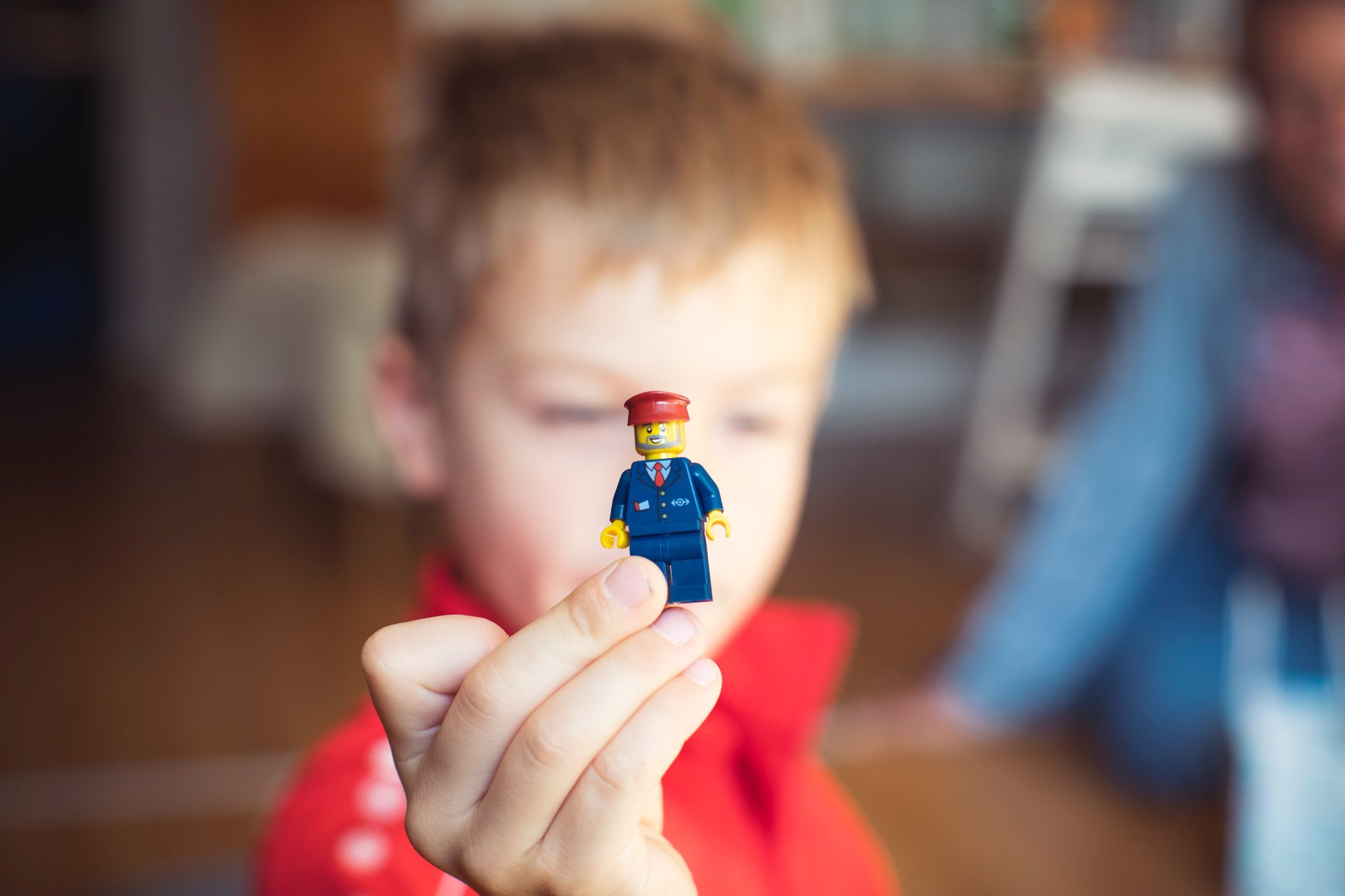Solace Blog
- Activities19
- Autism & Behavioral4
- Community154
- Early Intervention71
- Events & Giving Back20
- Extraordinary Kids22
- Family Caregiver4
- Home Care Therapy60
- News94
- Parent Articles83
- Patient Testimonial21
- Pediatric Therapy77
- Pediatric Therapy Career46
- Private Duty Nursing1
- School-Based Services1
- Telehealth Therapy27
- Tips & Advice66
Summer Reading List: Books to Inspire Therapist Growth
Cooling Off with Aquatic Therapy: Benefits and Best Practices
Sensory Activities For Kids

From School To Home: Christian’s Shift To Impactful Therapy
Speak, Listen, Connect: 6 Communication Strategies for Therapists

Fine Motor Skills Therapy
It is easy to take for granted how effortlessly our bodies perform various movements, but in reality, they are like complex machines that require the coordination of hundreds of muscles, large and small, to accomplish even the simplest task. Then to take it even further, humans have the ability to use our hands and fingers to greatly increase the function and dexterity that we use to do everything from writing letters to opening doors. This is all thanks to fine motor skills, but when there are delays or challenges with the development of these skills, it can cause a lot of difficulties in performing everyday tasks. Here are some of the main things to know about motor skill issues and what can be done to address them.
Fine Motor Skills vs. Gross Motor Skills
When talking about motor skills, it is usually divided into two main groups, gross and fine. Both fine and gross motor skills are centered around movement and how the body uses muscles to perform various actions in daily life. However, the main difference between fine and gross motor skills is that gross motor skills address movement with the larger muscle groups such as the arms and legs as a whole, and enables babies and children to do things such as sit up, walk and crawl. Fine motor skills, on the other hand, focus on the smaller muscle groups that are located in the hands, fingers, and wrists. These skills can be especially important because they are crucial for performing many basic tasks that help gain independence such as writing, eating, and getting dressed. Both gross and fine motor skills tend to develop together and in incremental stages, so delays can be detected as early as infancy. With this knowledge, evaluations can be completed and therapy can help address these issues in order to assist the child in gaining as much function as possible.
Main Causes
While there is not always a specific cause that is attributed to challenges with fine motor skills, one disorder that can be considered a common reason is known as developmental coordination disorder (DCD), which is also sometimes referred to as dyspraxia. DCD tends to affect all forms of motor skills and can cause challenges with movement and the ability to predict the outcomes of movement. Because of this, it can have a significant impact on everything from balance, coordination, and even learning functions. DCD is considered a lifelong disorder but with the proper treatment and therapies, improvement can be made.
Age Milestones
While babies and children are all unique and will develop at different rates, there are some milestones that can help parents, doctors, and therapists to better understand what to look for in terms of development to see if the child is struggling with some skills that could be addressed with the help of fine motor skills therapy. Here are some of the basic foundations to keep an eye on for babies and toddlers as they grow:
3 Months
At 3 months a baby has yet to really gain full control of their arms and legs, but they are able to perform simple motions such as bringing their hands towards their mouths. They will also typically have the ability to loosen the grip on their hands which would be seen clenched in a tight fist previously. Parents or evaluators may also notice the baby start to somewhat reach their arm upward in the direction of a mobile or any other type of dangling toy that catches their attention.
3 to 6 Months
By 6 months, a baby will start to gain more fine motor skills function. They will be able to hold toys in either hand for a short amount of time and do more complicated movements such as moving and shaking objects. They should also be able to use both arms at once and even clasp their hands together without too much effort.
6 to 9 Months
At this point, babies are becoming more comfortable with their hand movements and will naturally have their hands in an open position as opposed to clenched. They will have the ability to perform more advanced actions such as squeezing objects and using a pincer grasp to pick up small objects with their index fingers and thumbs.
9 to 12 Months
In the 9 to 12-month range, babies should have no real issues with picking up and interacting with objects in a more significant way. Whether it be grabbing for a toy, holding it for a longer period of time, or clashing two objects together, they now have better control of these interactions. In addition to this, babies around this age are also able to bring objects toward their mouths with more control which offers the opportunity for them to feed themselves simple finger foods or hold and drink from sippy cups.
12 Months to 2 Years
After the one-year mark, a child’s development grows by leaps and bounds. They should not only be able to interact with toys and objects but do so in ways that require more nuanced dexterity. This includes actions such as holding a pencil and scribbling on paper, stacking blocks, completing simple puzzles, and simplistic use of eating with utensils.
Diagnosis & Treatment
The above developmental milestones cover some of the earliest stages of motor skill development. However, a child’s fine and gross motor skills will continue to develop throughout their early childhood and adolescence. There will be additional milestones that children should be making as they move through early education like preschool and kindergarten as well. Children should be getting better and more precise fine motor control which can be seen in various ways such as in the form of handwriting or independently dressing. As children get older, it may become easier to pinpoint gaps in development.
If it becomes apparent that a child is falling behind or there is concern early on about problems in movement then the first step during this process would be to take the child in for a professional evaluation with a healthcare professional like an occupational therapist or possibly a physical therapist. Depending on an individual family’s situation or insurance, a referral may be needed from the child’s primary care physician first. The Occupational therapist will take the time to assess the child and see where they are at in relation to developmental milestones for other children their age, as well as screen for other potential causes or issues that could be leading to delays.
Once the child has been evaluated, then the therapist can make a diagnosis based on what they have seen while working with the child. The diagnosis will most likely inform the treatment plan. The treatment plan will likely consist of a set of targeted exercises or activities that are designed to help correct or shore up areas of deficiency that may have been exposed or diagnosed during the evaluation. These activities could include simple things like extra one-on-one practice or they may be more specific instruction on how to complete certain movements or tasks with adjustment and feedback from the therapist. As therapy continues, muscles and brains will begin to get used to these motor tasks and will develop more and more neural connections so that it will be less difficult for them to do them. While this sounds easy, depending on the condition and extent of the diagnosis, it could be an extended process requiring multiple visits to therapists, often weekly or more in the beginning.
Solace Pediatric Healthcare for Fine Motor Skills Therapy
With Solace Home Healthcare, we have a great team of occupational and physical therapists that can help with both evaluations and treatments. Solace has a distinct advantage over conventional types of therapy in that the therapist will come to your home or your child’s school. Going to healthcare and therapy appointments can be stressful for everyone involved. Children can become anxious in unfamiliar environments, or may behave differently than how they would in a comfortable and familiar place which could delay progress as they have to adjust to new surroundings. In addition to this, time off from work for travel to daytime appointments, or the appointments and activities of other household members can also cause difficulties or scheduling conflicts. Having the therapist come to your home allows your child to start therapy with a strong advantage that takes away one of the most common hurdles that a therapist may face at the beginning of treatment. Additionally, since therapy is happening in the home, it also makes it easier for the family to be involved in sessions and to address specific personalized issues that can help make daily family life easier for all. When sessions come to you, there is no more worry about commutes, sterile, intimidating environments, or lack of family involvement. The focus can be purely on getting your child the highest quality treatment with none of the added stress.
If you feel that your child is having problems with their motor skills, not meeting their developmental milestones, or could benefit from in-home therapy, please don’t hesitate to get in contact to request more information.
Share this Post